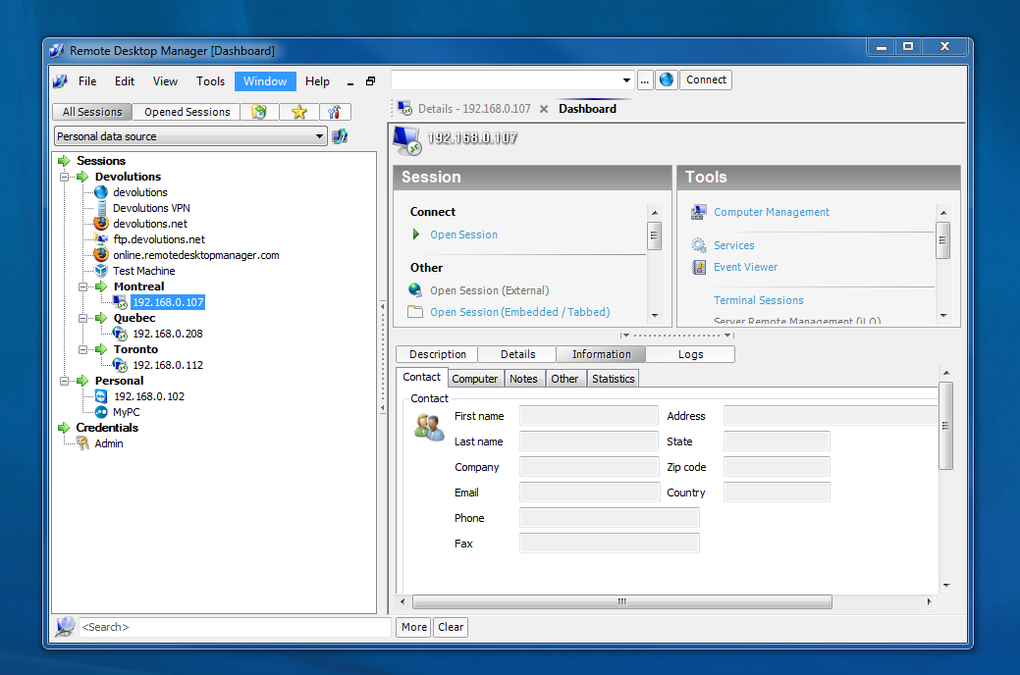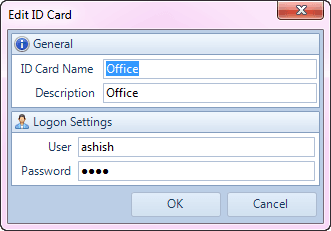

Then, you can setup RDCMan in order to administrate easily these different servers. Well, I will just say that you can also use it for your project when you have different servers to administrate, especially for the end of years project that can require nearly 10 servers to run through different computers. So, now maybe you will think “it’s good but I’m still a student… what can I do with that?” Or, if you are working in an IT services company, you can order the servers by customer/roles: RDCMan allow the IT guys we are to inventory all the servers we have to manage by Remote Desktop Connection in one window and to specify the login/password/IP/other settings for each of these servers.įor example, if you are administrating internal servers for your company, you can create some groups and sub-groups to order your servers by services/roles: Whatever if you are administrating internal servers or different customer servers’, it quickly begin very difficult to remember the login/password/IP for each of them.įor this, you can use simple excel sheets containing these information, or, use a free and powerful tool provided by Microsoft: Remote Desktop Connection Manager (i.e. I would recommend being extra cautious when opening an RDG file from an unknown, or unfamiliar source, as to not fall foul of the security issue.When you need to administrate hundreds of servers it is always complicated to remember every Servers that you manage. So that being said, I plan on continuing to use it for now. That being said I always found myself coming back to Remote Desktop Connection Manager due to it's ease of use, and the fact it's not reliant on the App Store, which is especially useful on Server Environments which by default do not have the App Store installed.

Microsoft's official stance on this, is to use a more modern tool such as the Windows App, or built in Remote Desktop Connection Client (MSTSC), stating that these newer tools receive security updates on a regular basis.

I have uploaded the installer for Remote Desktop Connection Manager v2.7 to my Google Drive for safe keeping, the link can be found below:ĭownload Remote Desktop Connection Manager v2.7 "To exploit the vulnerability, an attacker could create an RDG file containing specially crafted XML content and convince an authenticated user to open the file," Microsoft said in a security advisory for CVE-2020-0765. Recently Microsoft has discontinued this tool, due to a security bug: Back in the late 2000s Microsoft released Remote Desktop Connection Manager, which gained popularity due to not many alternatives being around at the time, this is a tool which I use regularly, as do many others.


 0 kommentar(er)
0 kommentar(er)
